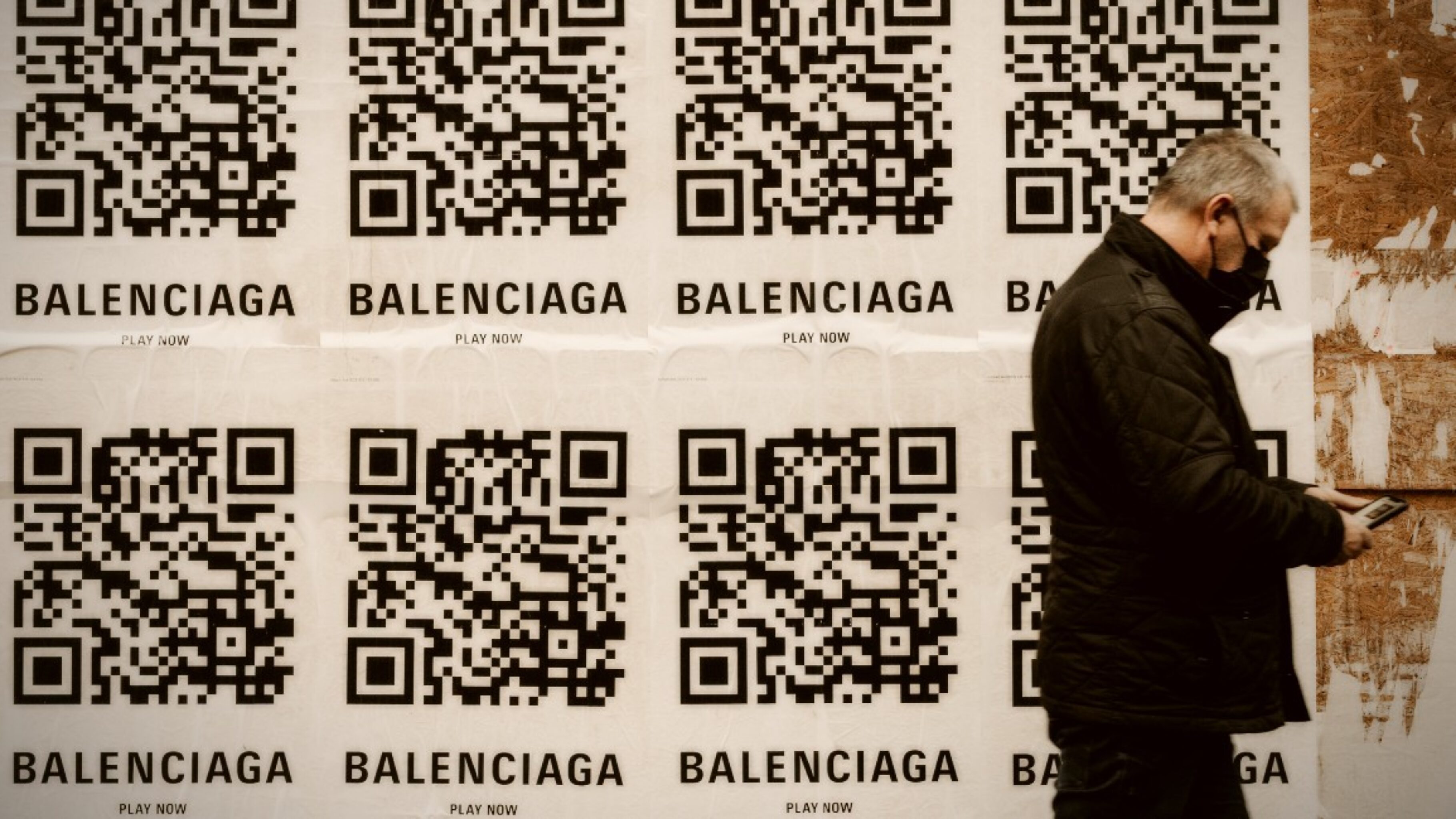Many of us have been rapidly introduced to the QR code in the last year as businesses looked to adapt to the COVID-19 pandemic. Whilst it may have seemed like a new idea to some, the technology has been prevalent in other countries for many years. This is especially true of China where much trade relies heavily on the infrastructure of QR codes across brick-and-mortar stores, with mobile payment applications integrated into the main mobile platform WeChat. In fact, despite the economic disruption caused by the COVID-19 pandemic, by 2020 WeChat saw its QR code economy increase in value by 26% compared to 2019. The question many will ask is why QR code technology has not been more popular in the UK, US and Europe.
Created in the 90’s, quick response codes are square barcodes that have the capacity to store much more information compared to traditional barcodes, such as web addresses. They have been largely slow to take off in everyday life due to an initial lack of accessibility to the internet and mobile devices in the 90’s, however COVID-19 has been a catalyst for the technology’s revival. Enabling restaurants to offer digital menus, and many venues to offer cashless and contactless payments, the advantages of QR codes to businesses have only just begun to present themselves. We take a look at how QR codes could be integrated into the future of retail both physical and online, and discuss how some brands have already found creative ways to introduce the QR code as part of their customer experience.
Are QR codes sustainable for businesses?
Across the globe 4% of all consumer transactions are made via QR codes. This is achieved through the user being able to access open banking combined with mobile payment authentication. Consequently, no card details are required thus saving time, and payments are efficient and safe reducing the risk of fraud. However as seen with many new technologies, there are some concerns due to lack of legislation around how it might be used. One issue for example is the ability to use QR code check-in’s to venues as attendance tracking. This is a major privacy concern as there is currently not enough legal intervention to prevent companies or governments from collecting this location data. However, putting these concerns aside, there is huge potential for QR codes to become a permanent part of many businesses operating and marketing strategies.
Creative QR code strategies
QR codes are already being used to solve problems faced by brands and entrepreneurs for example, some street artists are leaving QR codes next to their work which link to crypto currency wallets in order to receive donations from the public. From the British Embassy in China displaying a QR Code outside their building which allows people walking by to follow the UK governments Weibo blogging account, to Carlsbergs QR code touchpoints allowing customers to gain points and access product information, this exciting technology has already been deployed in creative ways.
For the introduction of their new triangle shaped tea bag, popular tea brand Lipton used a phigital approach to their campaign. Creating large interactive displays of the new tea bags which included the scent of the tea spread around the display, customers were immersed in the concept of the new product. However, they were also encouraged to purchase the new tea bag there and then through QR codes which were on stickers around the display.
The Spanish bank Abanca integrated QR codes into their mail marketing campaign in order to generate more awareness for their services. Customers were sent a paper comic book which showed each service as a different superhero and created a narrative around this theme. However, the comic became interactive when a QR code was scanned, meaning customers could listen to the characters speak and be led through the story with music and sound effects.
Grabandgo is a brand that allows stores to operate in a similar way to Amazon Go, and utilises QR codes for their system. They allow stores to utilise their checkout-less technology where customers take the items they want and simply scan a QR code when they leave which links to an automatic mobile payment system. This reduces the running costs of large stores as well as allowing customers to save time at the checkout. There is also potential for customers to simply check by scanning a QR code as they enter a store, with product tracking used to charge customers the correct amount as they leave thus foregoing the checkout procedure altogether.
The homeless charity Shelter used QR codes to show supporters how their donations were being used to help people facing housing issues due to the COVID-19 pandemic. Supporters received a postcard that included a QR code which allowed them to view the individual stories of some of the people helped by the charity. This helped to generate continued support and to engage new supporters as well.
QR codes have the potential to connect online and brick-and-mortar businesses together to create a more coherent and seamless shopping experience. One study shows that 67% of customers in the UK, the US and Europe, think that QR codes make life easier. By creating experiences that are not limited to location, brand stories can become part of the consumer’s everyday lives, increasing engagement and awareness. Furthermore, by utilising popular technology, businesses can generate marketing strategies that effectively capture the attention of the next generation of consumers. Since QR code generator software doesn’t require large investment, and the technology is so versatile, why not see how your brand can integrate QR codes into your phigital marketing strategies.
—————————————————————————————————
Written and researched by Paige Elford, Digital Marketing Graduate








